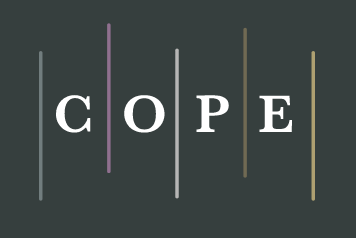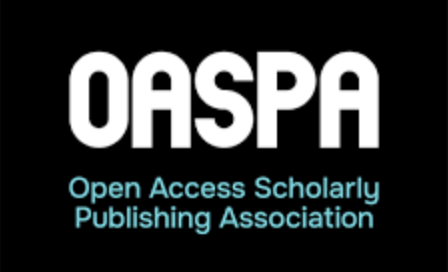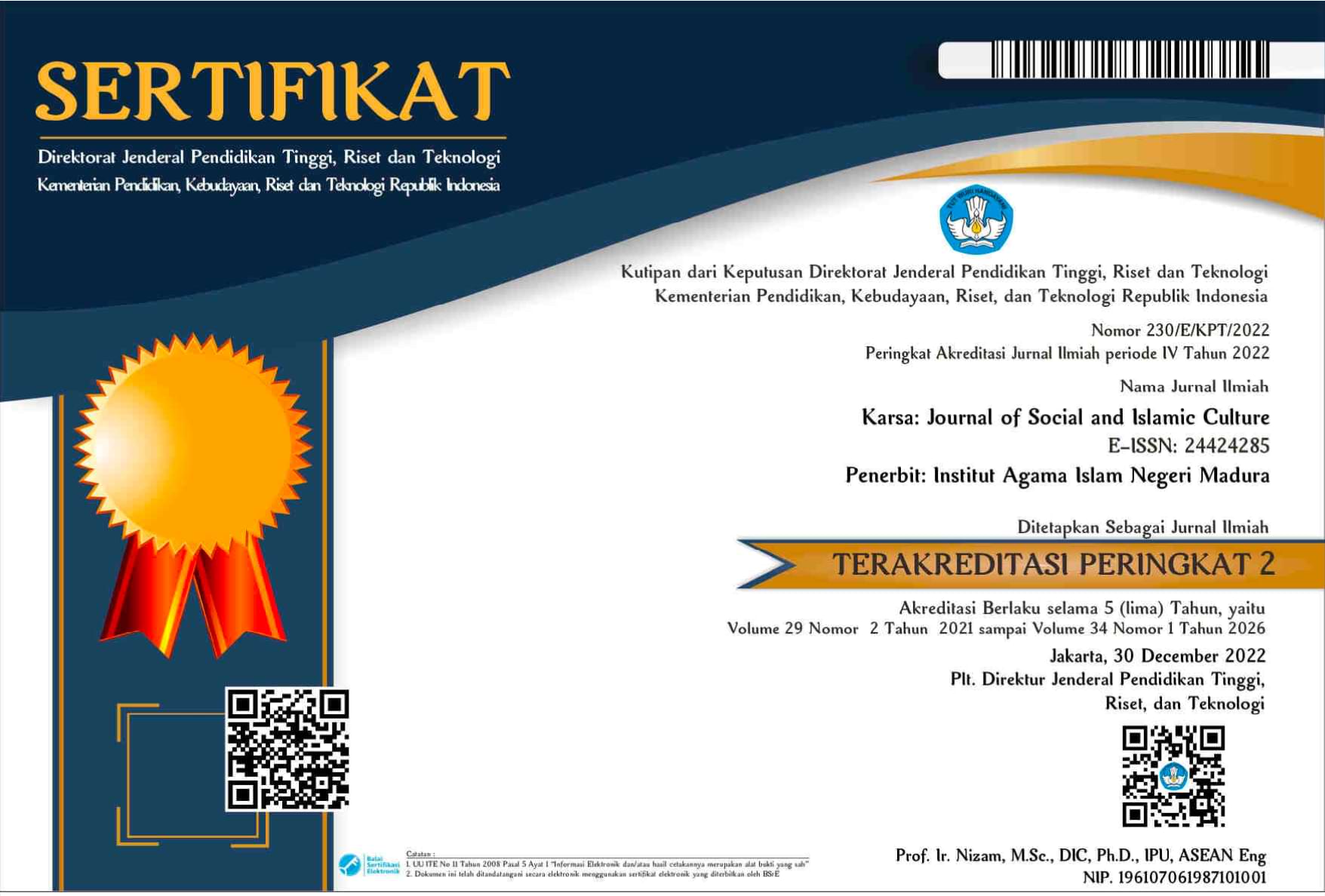Kyai and His Family’s Criticism and Praise toward Santri at Pesantren
 Abstract views: 34
,
Abstract views: 34
,
 PDF downloads: 5
PDF downloads: 5
Abstract
The communication system in pesantren tends to be figurative. Kyai and his family often use figurative patterns to convey criticism and praise to Santri. This study describes the form, type, and function of criticism and praise of kyai and his family to santri. The theory used to explore criticism and praise is a descriptive and socio-pragmatic theory with the ethnographic method of communication. This research is qualitative. The method used in data collection is the participant observation method. The researchers observed conversations between kyai and their families with the santri, especially those involving criticism and praise. We conducted interviews with koai, pesantren families, and santri equipped with recording and note-taking techniques. The collected data was then reduced and classified based on categories. Subsequently, we transcribed the data in orthographic form and translated it into Indonesian. The results showed that there were two categories of speech in the pesantren environment, namely criticism, and praise; (1) The form of criticism of kyai and his family to santri are reprimands, command, satire, advice, and praise; (2) The forms of praise are motivation, praise, and reprimand. In the motivation and praise, speakers always use subtle, figurative, and direct sentences, while in the reprimand, speakers always praise the interlocutor by criticizing a third person.
Downloads
References
Bachman, Lyle F. “Communicative Language Ability.” Fundamental Considerations in Language Testing, 1990, 81–109.
Dhofier, Zamakhsyari. Tradisi Pesantren; Studi Tentang Pandangan Hidup Kyai. Jakarta: Pustaka LP3ES, 1984.
Ellul, Sonia. “A Case Study in Bilingualism : Code-Switching between Parents and Their Pre-School Children in Malta,” 1978, 33. https://www.um.edu.mt/library/oar/handle/123456789/92764.
Garayev, Ilya Nikolaevich, Dmitry Evgenyevich Martynox, and Yulia Aleksandrovna Martynova. “A Sociolinguistic Survey of Fourth Movement 1919 in Zhejiang: Participants’ Attitudes and Linguistic Perspectives.” Journal of Research in Applied Linguistics 10, no. Proceedings of the 6th International Conference on Applied Linguistics Issues (ALI 2019) July 19-20, 2019, Saint Petersburg, Russia (July 1, 2019): 1300–1306. https://doi.org/10.22055/RALS.2019.15373.
Ghaffar, Abdul Azizul, Akhmad Haryono, and Albert Tallapessy. “Pola Komunikasi Kyai dan Santri di Pondok Pesantren At-Taufiqwringin Bondowoso.” KREDO : Jurnal Ilmiah Bahasa Dan Sastra 4, no. 2 (April 21, 2021): 594–610. https://doi.org/10.24176/KREDO.V4I2.5629.
Hariyanto, Hariyanto. “Kyai’s Communication Approach in Developing Religious Culture At the Nurul Qornain Islamic Boarding School Jember.” QALAMUNA: Jurnal Pendidikan, Sosial, dan Agama 13, no. 2 (September 18, 2021): 443–56. https://doi.org/10.37680/QALAMUNA.V13I2.930.
Haryono, Akhmad. “Communication Patterns Among Kyais of Nahdlatul Ulama in the Madurese Ethnic Group.” Indonesian Journal of Applied Linguistics 7, no. 3 (January 31, 2018): 714–26. https://doi.org/10.17509/IJAL.V7I3.9822.
Hasanah, Maulidia, Akhmad Sofyan, and Agus Sariono. “Pangalem Tradisional Dalam Masyarakat Etnik Madura di Kabupaten Jember.” SEMIOTIKA: Jurnal Ilmu Sastra dan Linguistik 18, no. 1 (August 2017): 29–41. https://doi.org/10.19184/SEMIOTIKA. V18I1.5181.
Junaedi, Mahfud, and Mansur. Rekonstruksi Sejarah Pendidikan Islam di Indonesia. Jakarta: Departemen Agama RI, 2005.
Khumaidi. “Sapaan di Lingkungan Pondok Pesantren :: Studi Kasus Pada Pondok Pesantren di Kabupaten Jember.” Linguistic Major. Universitas Gadjah Mada, 2006. https://etd.repository.ugm.ac.id/penelitian/detail/29946.
Kuntowijoyo. Menuju Kemandirian Pesantren Dan Pembangunan Masyarakat Desa. Bandung: Mizan, 1988.
Mahardhani, Ardhana Januar, Nawiruddin, Jalaluddin, Julhadi, and Muta’allim. “View of the Kyai’s Position in Rural Local Democracy Based on Patronage Politics at Tapal Kuda.” Muslim Heritage 8, no. 1 (2023): 2023. https://jurnal.iainponorogo.ac.id/ index.php/muslimheritage/article/view/6004/2631.
Mislikhah, ST. “Kesantunan Berbahasa dalam Interaksi Sosial di Pondok Pesantren Mabdaul Ma'arif Jombang Jember.” FENOMENA 17, no. 1 (2014). https://adoc.pub/kesantunan-berbahasa-dalam-interaksi-sosial-di-pondok-pesant22ec4b2d87e2ecb79a0402aa37b0d4c078303.html#googlevignette.
Muta’allim, Muta’allim, Akhmad Sofyan, and Akhmad Haryono. “Superlative Adjectives of Kangean Dialect of Madurese Language: A Pragmatic Study (Adjektiva Superlatif Bahasa Madura Dialek Kangean: Sebuah Kajian Pragmatik)” 5, no. 1 (June 17, 2020): 15–26. https://oldjournal.iainsurakarta.ac.id/ index.php/leksema/article/view/2057.
Muta’allim, Nawawi, Fahmi Reza Alfani, Abdul Azizul Ghaffar, and Ali Wafi. “Codes Switching and Codes Mixing of Sellers and Buyers in Traditional Markets: Case Study of Market Kampong Asembagus Situbondo.” RETORIKA: Jurnal Ilmu Bahasa 7, no. 2 (October 17, 2021): 121–29. https://doi.org/10.22225/JR.7.2. 2627.121-129.
Nurcahyo, Heriyanto, Sukarno, and Hairus Salikin. “The Use of Engghi-Bhunten Speaking Levels by Madurese Students in Al-Azhar Islamic Boarding School: A Sociolinguistic Study.” RETORIKA: Jurnal Ilmu Bahasa 9, no. 2 (September 4, 2023): 144–56. https://doi.org/10.55637/JR.9.2.5935.144-156.
Riyanto, Udik. “Strategi Kesantunan Menolak Pada Kalangan Santri Berlatar Belakang Budaya Jawa Pada Pesantren Darul Ihsan Muhammadiyah Sragen.” Universitas Muhammadiyah Surakarta, 2017. https://eprints.ums.ac.id/52098/.
Samsiyadi. “Penggunaan Tingkat Tutur Bahasa Madura di Lingkungan Pondok Pesantren Nurul Falah di Kabupaten Bondowoso: Suatu Tinjauan Sosiolinguistik.” UNEJ PRESS, 2016. https://repository.unej.ac.id/xmlui/handle/123456789/75231.
Sofyan, Akhmad. “Kritik Masyarakat Madura di Ranah Media Sosial.” In Seminar Nasional “Sastra dan Perkembagan Media", 2018. https://pbsi.fbs.uny.ac.id/sites/pbsi.fbs.uny.ac.id/files/Prosiding Seminar Nasional Bahasa dan Sastra dalam Perspektif Interdisipliner 2022.pdf.
Sofyan, Akhmad, Ali Badrudin, Defi Nur Fitriani, and Muta’allim Muta’allim. “Types and Functions of Illocutionary Speech Acts on Inter-Character Dialogue in Tilik Short Films.” Lingua: Jurnal Bahasa dan Sastra 18, no. 2 (September 13, 2022): 148–56. https://doi.org/10.15294/lingua.v18i2.36163.
Sofyan, Akhmad, Panakajaya Hidayatullah, and Ali Badrudin. “Ungkapan Kritik dalam Ranah Keluarga Masyarakat Madura di Besuki Raya.” Mozaik Humaniora 21, no. 1 (January 10, 2022): 13–28. https://doi.org/10.20473/mozaik.v21i1.26282.
Sofyan, Akhmad, Panakajaya Hidayatullah, and Ali Badrudin. “Various Language Expressions in The Criticism of Madurese People on Social Media Field.” KARSA: Journal of Social and Islamic Culture 28, no. 1 (June 12, 2020): 141–71. https://doi.org/10.19105/karsa.v28i1.2352.
Stephen C. Levinson. Pragmatics. Cambridge: Cambridge University Press, 1983.
Sukarno. “Politeness Strategies, Linguistic Markers and Social Contexts in Delivering Requests in Javanese.” Indonesian Journal of Applied Linguistics 7, no. 3 (October 30, 2018): 659–67. https://doi.org/10.17509/IJAL.V7I3.9816.
Sukarno. “Politeness Strategies in Responding to Compliments in Javanese.” Indonesian Journal of Applied Linguistics 4, no. 2 (January 2, 2015): 91–101. https://doi.org/10.17509/IJAL.V4I2.686.
Tiani, Riris. “Kajian Perilaku Pragmatik Terhadap Tindak Tutur Santri Terhadap Kyai di Pondok Pesantren di Wilayah Kota Semarang.” HUMANIKA 23, no. 2 (December 1, 2016): 32–39. https://doi.org/10.14710/HUMANIKA.V23I2.13643.
Traugott, Elizabeth Closs. “William Labov, Sociolinguistic Patterns. (Conduct and Communication, 4.) Philadelphia: University of Pennsylvania Press, 1972.” Language in Society 4, no. 1 (April 1975): 89–107. https://doi.org/10.1017/S0047404500004528.
Wibisono, Bambang, and Akhmad Haryono. “Turn-Taking in Conversation Uttered by Madurese Community in Jember.” JOALL (Journal of Applied Linguistics and Literature) 7, no. 2 (August 9, 2022): 362–77. https://doi.org/10.33369/JOALL.V7I2. 20773.
Yudistira, Riantino, and Muta’allim Muta’allim. “Code Mixing as an Anti-Political Indiscretion Among Farm Laborers at Ajung, Kalisat, Jember.” LiNGUA: Jurnal Ilmu Bahasa dan Sastra 18, no. 1 (June 27, 2023): 25–36. https://doi.org/10.18860/LING.V18I1.20312.
Yudistira, Riyantino, Muta’allim Muta’allim, Nurcaya Nurcaya, Julhadi Julhadi, and Petrus Pattiasina Jacob Pattiasina. “The Role of Linguistics and Local Wisdom on Knowing Harmony Between Religions at Tana Toraja.” Muslim Heritage 7, no. 2 (December 26, 2022): 409–31. https://doi.org/10.21154/muslimheritage.v7i2.5023.
Zakiyah, Millatuz. “The Meanings of Salutations at Islamic Boarding Schools: An Anthropological-Linguistic Study (Makna Sapaaan di Pesantren: Kajian Linguistik-Antropologis).” Leksema: Jurnal Bahasa dan Sastra 3, no. 1 (June 30, 2018): 11–22. https://doi.org/10.22515/LJBS.V3I1.1014.
The journal operates an Open Access policy under a Creative Commons Non-Commercial Share-Alike license. Authors who publish with this journal agree to the following terms:
- Authors retain copyright and grant the journal right of first publication with the work simultaneously licensed under a Creative Commons Attribution License that allows others to share the work with an acknowledgement of the work's authorship and initial publication in this journal.
- Authors are able to enter into separate, additional contractual arrangements for the non-exclusive distribution of the journal's published version of the work (e.g., post it to an institutional repository or publish it in a book), with an acknowledgement of its initial publication in this journal.
- Authors are permitted and encouraged to post their work online (e.g., in institutional repositories or on their website) prior to and during the submission process, as it can lead to productive exchanges, as well as earlier and greater citation of published work.





















